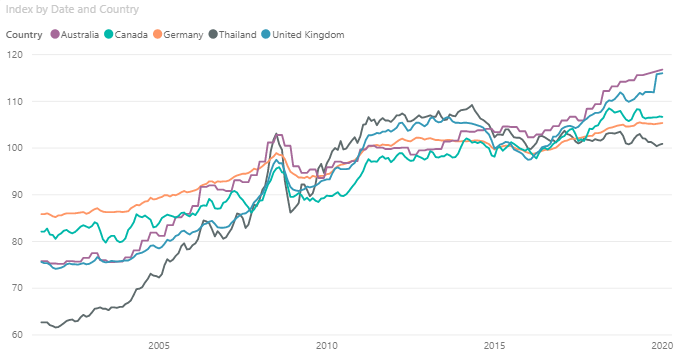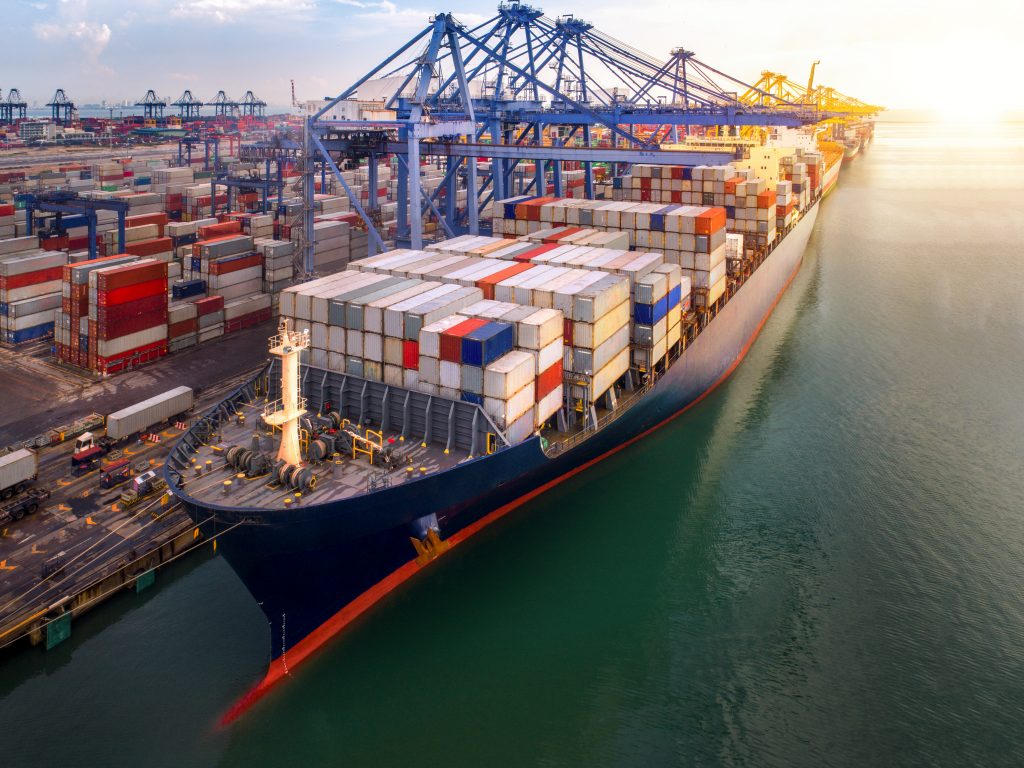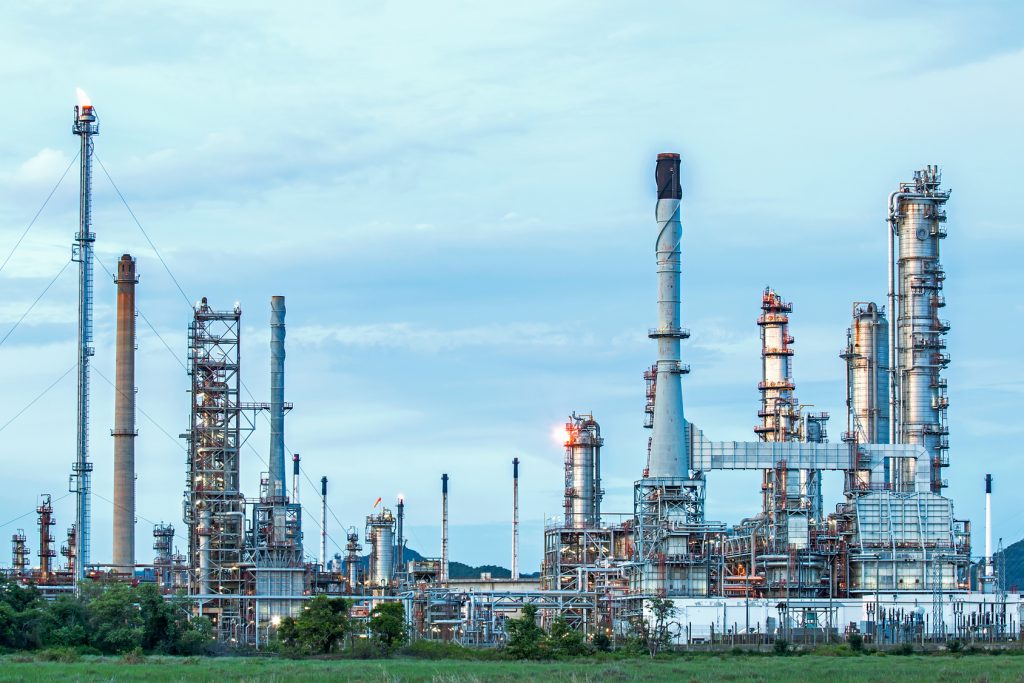
While many are finding their lives heavily disrupted by the current Covid-19 pandemic, risks such as fire and flood continue and therefore there is still a danger that facilities will be impacted by an insured loss during these unsettling times. There is some concern that the current situation could actually exacerbate risks since personnel (e.g. police, security, maintenance, monitoring) may be physically restricted from carrying out the checks and controls normally in place.
So, if you have a loss, how are replacement costs going to be impacted?
On the one hand there are a number of reasons to suggest that capital asset costs will fall or have fallen in recent weeks, including: –
-
- Lower oil prices could reduce raw material or operational costs.
- Increased competition among suppliers for the lower volume of business could drive down margins.
- Companies may have stockpiled in advance of the major impact on supply chains and could flood the market with products once business picks up.
- Suppliers may be keen to rebuild business or shift inventory after restrictions are lifted so could reduce prices to secure contracts.
- Government support, e.g. through improved access to lending or staff support, could help contractors and suppliers to lower prices.
- Continued uncertainty could mean that contractors keep margins low.
- Buyers may be keen to rebuild balance sheets so put off investment further, driving demand and hence prices down
However, there are counter arguments to this, the thinking being that prices are rising or likely to rise due to: –
-
- Increased costs in the supply chain due to delays, reduced capacity and increased border checks could drive up costs.
- Manufacturers may shift more production to home (more expensive) markets to maintain consistency in supply chains.
- Manufacturers may not be able to source raw materials as easily or quickly, so have to pay more and will pass this on.
- Companies in certain industries may have to pay higher wages to attract or keep staff.
- Weaker companies may go out of business meaning those suppliers remaining have more power to push prices up.
- Increased protectionism may mean higher tariffs or barriers to movement of goods, services or people.
- Businesses that have laid off staff or downsized may need to invest heavily in training and restructuring, passing these costs onto customers.
There are certainly a number of ways to look at the same issues but it would appear to be too early to make a definitive call on the true impact, and importantly the factors mentioned above are likely to be very different across different locations. Furthermore, we have not even touched on reinstatement periods.
I hope this would be a useful read and please let me what you think.
Andrew Slevin
CEO







